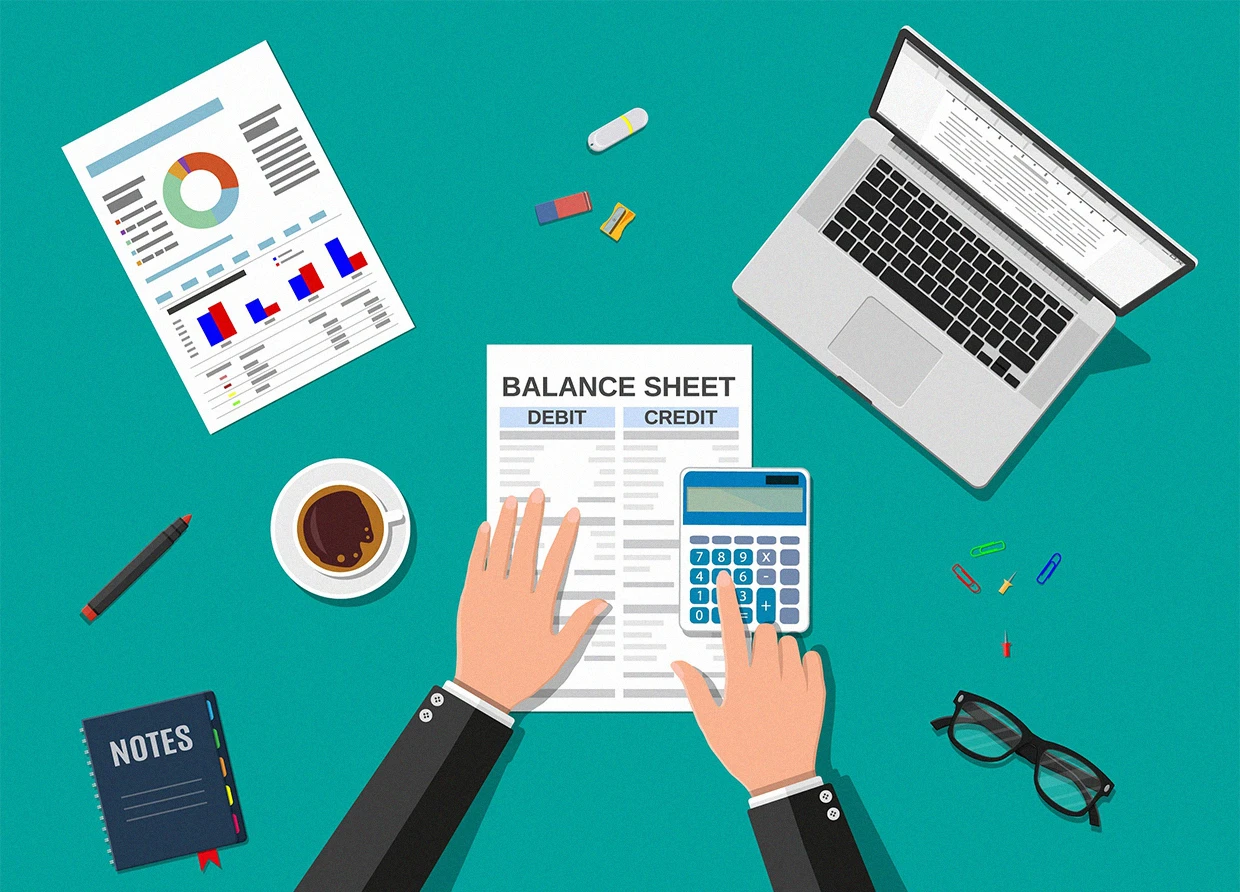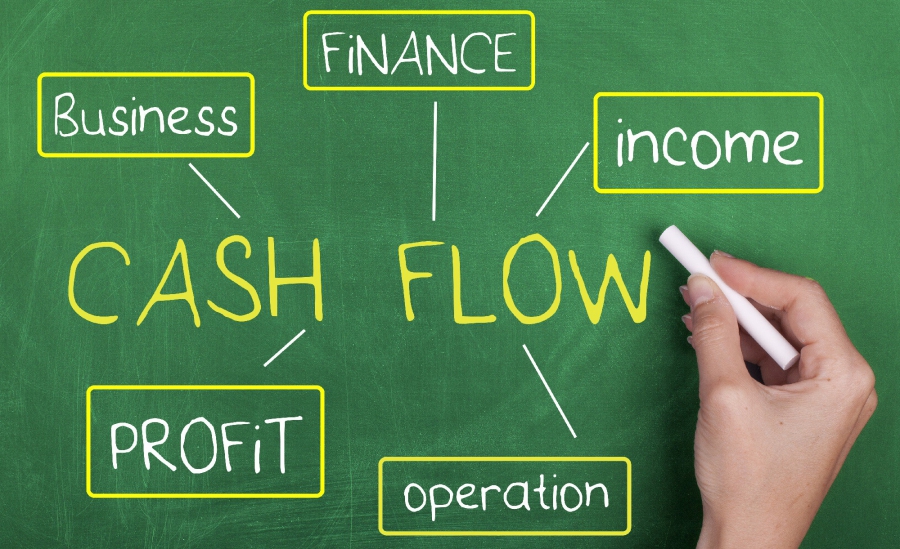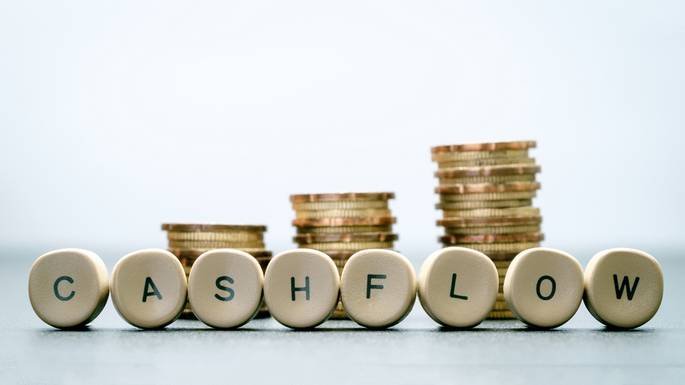HOW TO CALCULATE CASH FLOW FOR YOUR SMALL BUSINESS?
This is the simplest way to calculate cash flow.

As a small business owner, the survival of your business depends on the way your money moves. Understanding how cash flows in and out of your business give you the power to grow strategically. But once your cash flow dries up, it’s tough to dig yourself out of the hole and it inevitably impacts all aspects of your business.
What is cash flow?
Cash flow measures the net amount of monetary assets coming into and going out of a business over a set period of time. It shows the financial health of a business by showing how much liquid cash a business has on hand.

Cash flow is a complex concept that stumps many small business owners. That’s why we built this guide—to help you curb common missteps and better understand how to keep your money moving. So, here are the ins and outs of cash flow to help you build a financial plan to keep capital circulating through your business.
Why keeping on top of your cash flow is so important?
Make better plans and decisions
With an accurate cash flow statement, you’ll know the exact amount of funds you have available at any given moment. This is vital because any plans and decisions you make must be supported by accurate information. If you don’t manage your cash flow carefully, then you could be making bad decisions that put your business at risk.

You may feel as though your business is in a strong position but a cash flow statement could show that there isn’t much money coming into the business that particular month. This could be because you haven't issued invoices to clients. Whatever the reason, with an updated cash flow statement, you’ll know not to make any significant purchases at that time.
Understand where you’re spending money
Manage your cash flow effectively and you’ll gain a better understanding of where you’re currently spending your money, something that's not on a profit and loss statement. It’s important to know exactly where the money you spend is going and why.
It isn’t always easy to see expenditures in black and white, which is why it’s so important to manage your cash flow effectively. You might be able to identify areas of the business that you can cut costs.
How to calculate cash flow with a cash flow statement
According to Fundera, the cash flow statement shows the flow of cash into and out of your business during a specific period of time and is one of the three core financial statements within business accounting.
This being said, to calculate cash flow in this way, you’ll use the following formula:
Cash from operating activities +(-) Cash from investing activities +(-) Cash from financing activities + Beginning cash balance = Ending cash balance
To start, it’s important to know that this cash flow formula uses information from both your profit and loss statement and your balance sheet to show the sources of cash inflows and outflows during a specific period.
From these statements, therefore, you’ll be able to pull the following and plug the data into the formula above:
Operating activities: Cash generated or used to run the day-to-day operations of your business.
Investing activities: Cash used for investing in assets like securities, bonds, equipment, or other fixed assets and cash generated from the sale of these types of assets.
Financing activities: Cash generated from loan or capital contributions by owners and payments made to reduce loan balances or pay distributions or dividends to the shareholders or owners.
By using this formula, anyone can learn how to calculate cash flow. Depending on what you’re trying to learn or evaluate, you may want to use the formula for calculating operating cash flow, or you may want to create a cash flow forecast.
#THE S MEDIA #Media Milenial #how to calculate cash flow



























